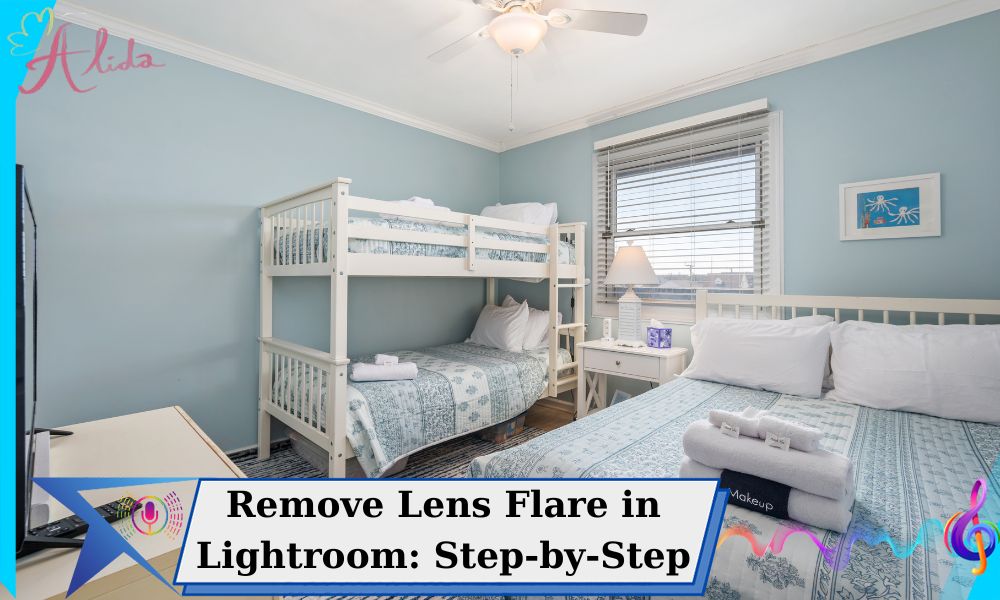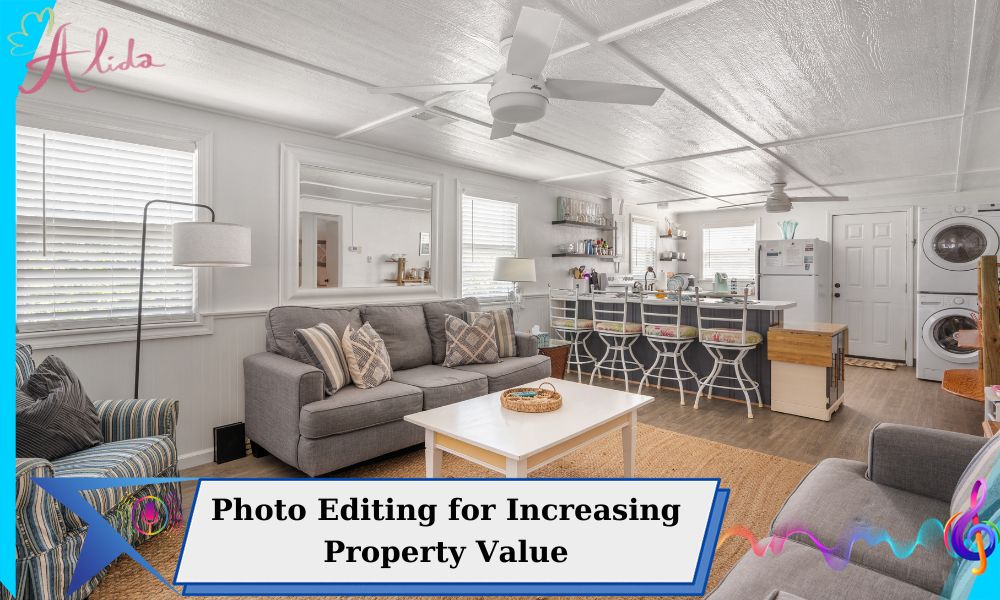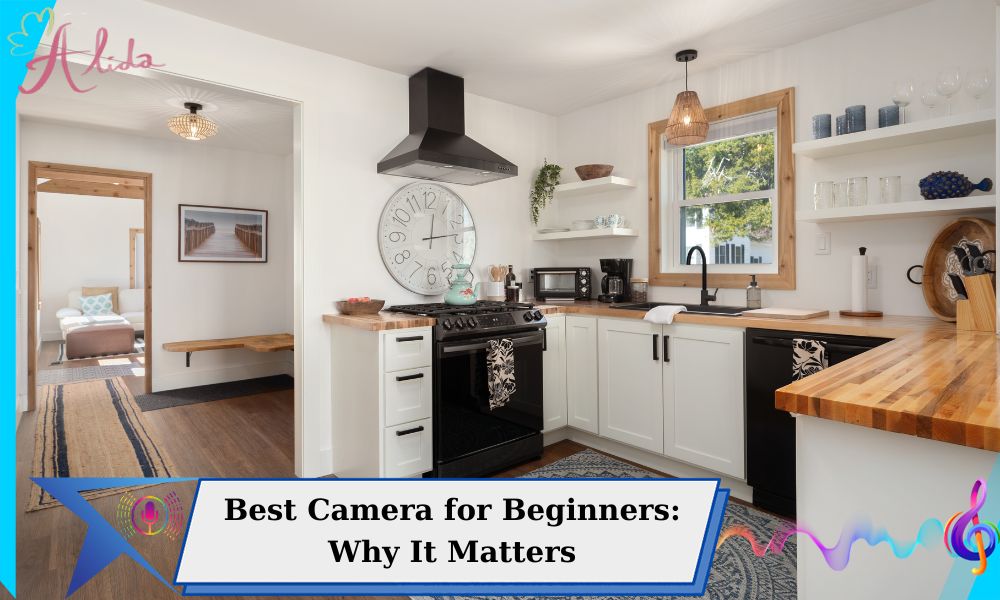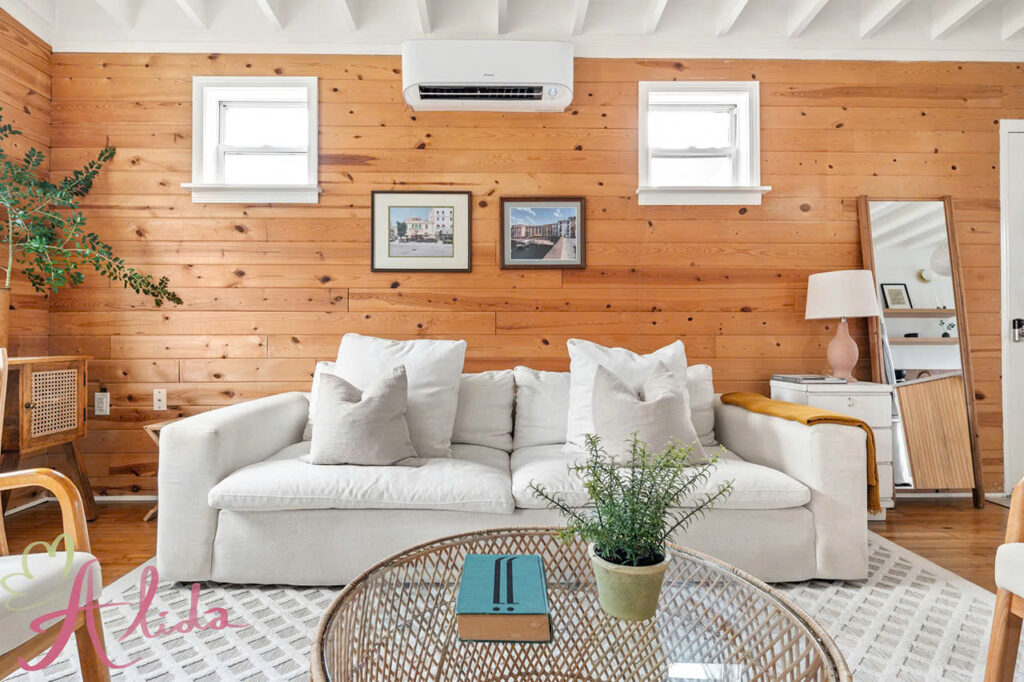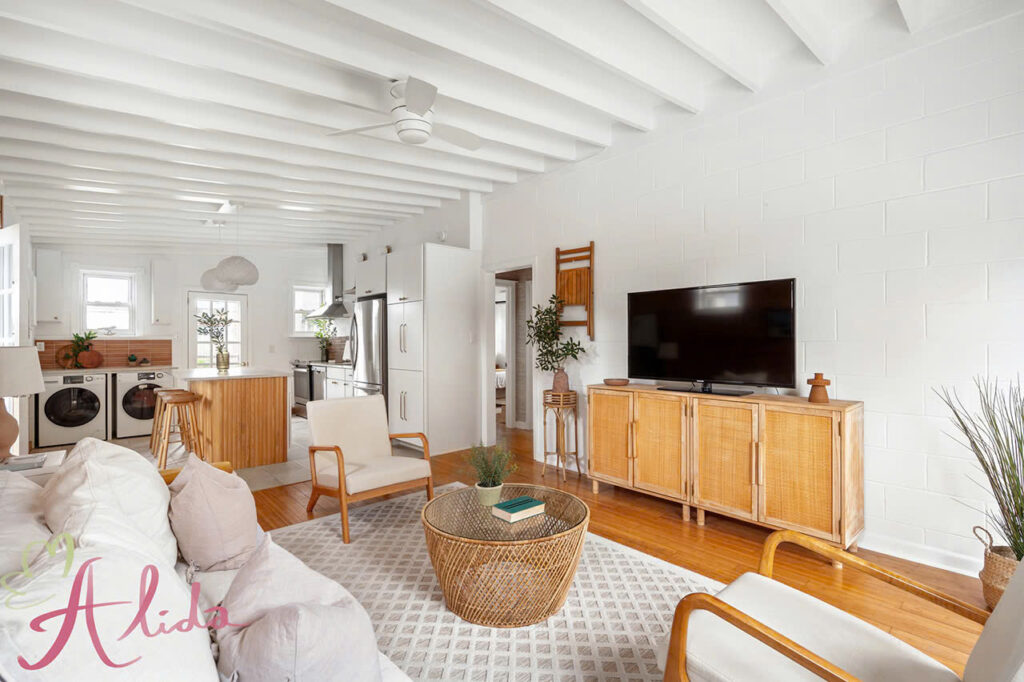In real estate photography, color accuracy is key to capturing a property’s true essence. Tips for using a gray card help photographers achieve perfect color balance, ensuring vibrant interiors and accurate exterior hues. It’s an essential tool for eliminating color inconsistencies.
What is a Gray Card?
A gray card helps achieve accurate color by providing a neutral reference for light measurement and white balance, correcting color casts in various lighting conditions.
Tips for Using a Gray Card and Why Real Estate Photographers Need It
In real estate photography, color accuracy shapes how a property is viewed. A gray card ensures correct tones, presenting a home in its best light.
- Accurate Color Reproduction – Using a gray card helps ensure that colors in the photograph are represented as true to life. This is crucial when working with indoor spaces that might have varied lighting or mixed light sources.
- White Balance Adjustment – The gray card allows you to adjust your camera’s white balance setting, which corrects any color shifts that may occur due to different light sources. For instance, fluorescent lights may give off a greenish tint, and the gray card helps neutralize this effect.
- Saves Time in Post-Production – By using a gray card during the shoot, photographers can reduce the amount of time spent adjusting color tones during post-production. This makes editing faster and more efficient, allowing you to focus on other aspects of the photo.
Using a gray card is simple and improves image quality. Place the card in the scene, take a test shot, adjust white balance, then remove the card. It’s ideal for challenging lighting conditions, like mixed or artificial lighting.
Tips for Using a Gray Card and Its Benefits in Real Estate Photography
Using a gray card in real estate photography offers numerous benefits, including:
- Color Accuracy – With the gray card, you ensure that the colors in your photos are as true to life as possible. This is essential for showcasing properties in their best light and providing potential buyers with accurate representations of the space.
- Saves Time in Post-Production – By adjusting the white balance on-site with a gray card, you reduce the time spent correcting color tones during post-production. This allows you to focus on enhancing other elements of the image, such as brightness, contrast, and sharpness.
- Professional-Looking Images – Using a gray card helps you create polished, professional-looking photos that meet the expectations of real estate clients and agencies.
Tips for Effective Use of a Gray Card in Real Estate Photography
To maximize the gray card’s effectiveness, place it in the same lighting as your subject, adjust white balance for mixed lighting, and use it in low-light situations to ensure accurate colors.
Tips for Using a Gray Card and Other Tools in Real Estate Photography
While the gray card is an invaluable tool, there are some alternatives that can be used in place of it:
- White Card – A white card can also be used to adjust white balance, though it is not as neutral as a gray card. White cards can work well in well-lit conditions but may not be as effective in mixed light.
- Software Adjustments – Some photographers may choose to use software tools in post-production to correct color balance. While software can be effective, it is often more time-consuming and may not always yield the same level of accuracy as adjusting white balance during the shoot.
Conclusion
A gray card ensures accurate white balance and color in real estate photos, improving quality and reducing editing time. For expert editing, contact Alida at photonews121@gmail.com for high-quality, color-accurate real estate photos.

